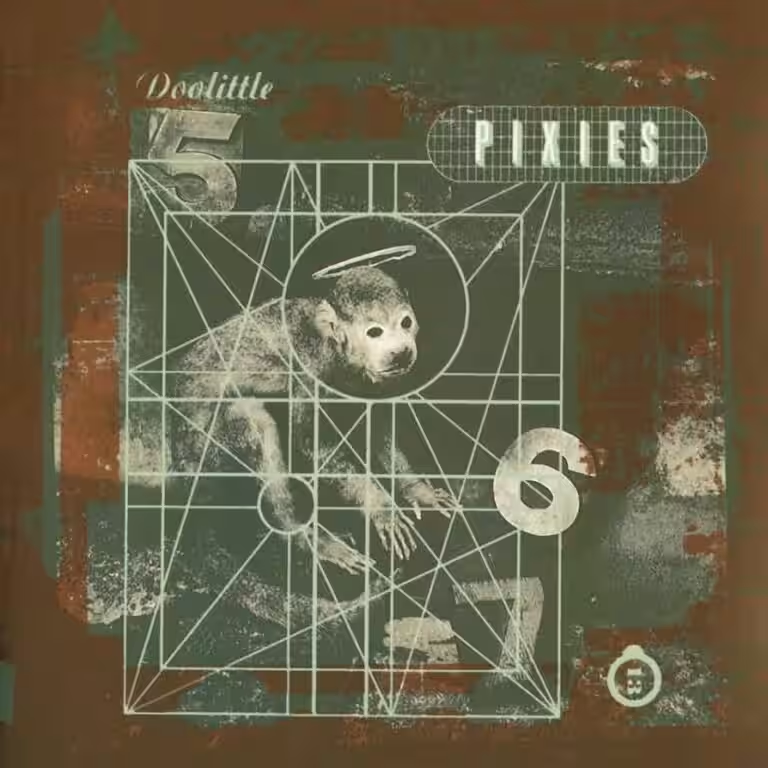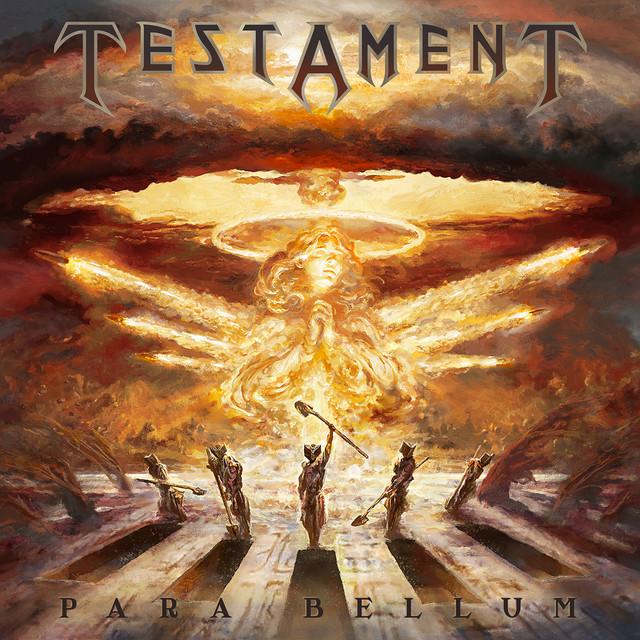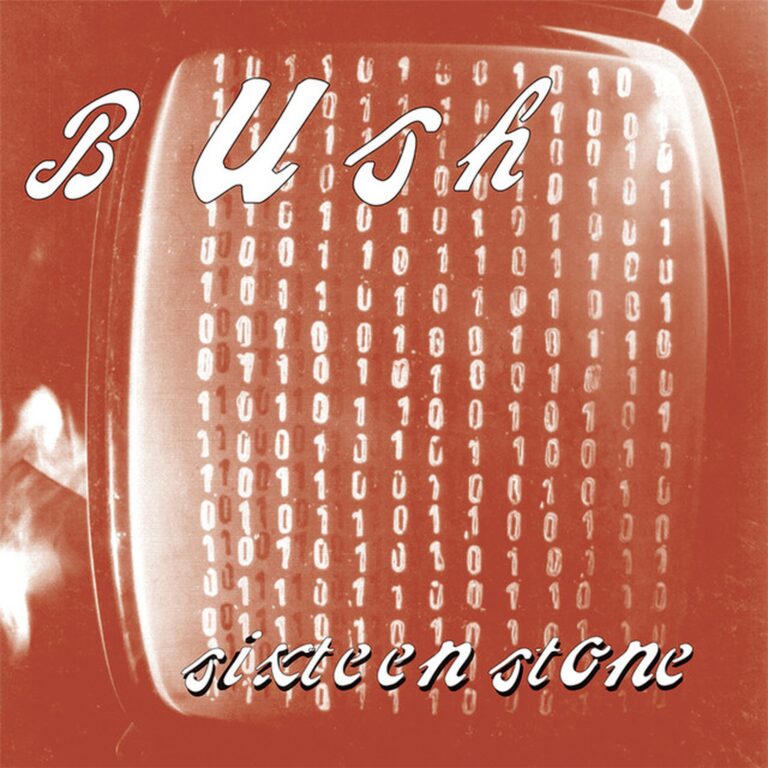
Released at the tail end of 1994, Sixteen Stone marked the explosive debut of the British rock band Bush and became a cornerstone of the ’90s post‑grunge era. This storytelling exploration dives into the album’s creation and recording, the themes woven through its tracks, and the lasting legacy it carved out. We’ll also set Sixteen Stone in context — comparing it to the other era‑defining rock albums of 1994 by Nirvana, Pearl Jam, Soundgarden, and Stone Temple Pilots — and touch on the pop‑culture moments that framed that pivotal year. Grab your flannel (or your Union Jack, in Bush’s case) and let’s journey back to the mid‑’90s, when grunge’s first wave gave way to something new.
Genesis of Bush and the Birth of Sixteen Stone
Bush formed in London in 1992 — an unlikely origin for a grunge‑inspired band, given that the grunge scene was dominated by American acts from Seattle at the time. The band’s name itself nods to home: Bush was named after the Shepherd’s Bush district in West London where they emerged. Lead singer and guitarist Gavin Rossdale, along with guitarist Nigel Pulsford, bassist Dave Parsons, and drummer Robin Goodridge, cut their teeth in the UK music circuit with little fanfare initially. In fact, Bush had been performing under the name Future Primitive until shortly before the album release — an early single “Bomb” even came out under that old moniker. Their manager convinced them that a shorter name would look better on a CD, prompting the change to simply “Bush.”

The creation of Sixteen Stone was fueled by perseverance and a bit of serendipity. Rossdale had spent the late ’80s and early ’90s struggling in obscurity with a previous band and writing songs that went nowhere. He met Pulsford in 1991, and soon Gavin penned a song called “Comedown” — the first song he’d ever written entirely by himself. Little did he know, “Comedown” would later become one of Bush’s biggest hits, but at the time it was simply a cathartic expression of personal pain. By early 1994, Bush had a batch of songs ready to record, but getting a record deal was an uphill battle.
The band initially landed a contract with Trauma Records, a boutique label whose distribution was handled by Hollywood Records. When Bush finished recording Sixteen Stone and submitted it, the distributor balked, declaring the album had “no singles” and “no album tracks.” This verdict effectively left Bush without an American record deal just months before the planned release. For about four or five months, Bush went back to day jobs in London, assuming the album might never see the light of day.
Then a demo of “Everything Zen” found its way to influential Los Angeles radio station KROQ, which put it into rotation. The song’s snarling riffs and cryptic lyrics caught on with listeners. By November 1994, radio buzz had grown so loud that Interscope Records stepped in to rescue Bush’s album and release it in the U.S. on December 6, 1994. The rest is very loud history.
Recording: London Grunge with a Brit Twist
Bush recorded Sixteen Stone in January 1994 at Westside Studios in London. Despite their American‑sounding grit, the band deliberately kept the production close to home. Rossdale initially idolized the raw sound of American grunge recordings — he even wanted Steve Albini (who engineered Nirvana’s In Utero) to produce Bush’s debut. However, mindful of critics ready to label them copycats, Bush ultimately chose the veteran British production duo Clive Langer & Alan Winstanley. As Gavin later explained, the band had such an “American bent” to their sound that they hoped Langer/Winstanley would add a distinctly British sensibility.
The result was a unique sonic blend. Sixteen Stone came out heavy and distorted enough to sit next to American grunge albums, yet it carried a subtle Britpop sensibility in its melodies. Bush themselves co‑produced alongside Langer/Winstanley, ensuring their vision wasn’t lost in the mix. Tracks were laid down live and loud, then polished just enough to make the choruses soar on radio. The album’s mixing in Los Angeles added a final sheen of American‑style production. Gavin’s vocals came out cleaner and more polished than many of his Seattle peers — a defining trait of post‑grunge: bigger hooks, less murk. It paid off tremendously, though not everyone was initially convinced.
Amid the recording process, Bush endured personal heartache as well. Nigel Pulsford’s father passed away and Gavin’s stepfather also died around that time; the band dedicated Sixteen Stone to both men. Perhaps some of the album’s emotional weight, especially on songs like “Glycerine” and “Comedown,” can be traced to what the band was going through behind the scenes.
What’s in a Name?
Many have puzzled over the meaning of “Sixteen Stone.” For those unfamiliar with British measures, sixteen stone equals 224 pounds (a stone is 14 lbs). The title actually comes from a cheeky real‑life anecdote: it’s allegedly the weight of a young woman who “catfished” one of Rossdale’s friends via a personal ad. The phrase stuck with Gavin as a sort of inside joke. It’s a curious title for an album, but in a way it fits Bush’s outsider status — a British band sneaking into America’s grunge scene under unexpected pretenses.
Songs & Themes: From “Everything Zen” to “Glycerine”
“Everything Zen” opens with a churning riff and surreal pop‑culture fragments (“Mickey Mouse has grown up a cow”), showing art‑rock influences beneath the grunge exterior. It’s a masterclass in loud/soft dynamics — verses simmering tensely and choruses exploding — and it announced Bush to U.S. radio with audacity.
“Little Things” is a pressure‑valve anthem — quiet verses, explosive choruses — about how tiny stresses pile up until they detonate. If any Bush track invites Nirvana comparisons, it’s this one, but the radio‑ready polish and Rossdale’s controlled vocal mark it as distinctly Bush.
“Comedown” is the emotional centerpiece. Carried by a brooding bassline and a huge, ringing chorus, it explores the aftermath of a turbulent love affair and the crash that follows a high. The lyric “I don’t want to come back down from this cloud” captured a generation’s push‑pull between euphoric escape and sobering reality.
“Glycerine” is Bush’s stark ballad: essentially voice and electric guitar, with strings entering late. A minimalist meditation on sticky, volatile love, it became an MTV staple precisely because it showcased Bush’s softer side without losing intensity. The rain‑on‑the‑roof ambience of its recording only deepens the mood.
Deeper cuts widen the scope. “Machinehead” is an adrenalized live favorite built on an instantly recognizable riff and a mantra chorus (“breathe in, breathe out”). “Testosterone” takes a swipe at macho posturing. “Monkey” offers a sardonic look at rock stardom and the “sellout” narrative. “Bomb” channels the tension of growing up in London amid IRA attacks. Across the record, themes orbit heartache, identity, addiction, and social static — always delivered with big, cathartic choruses.
From Obscurity to MTV Ubiquity
Once Interscope took a leap of faith, the rise was remarkably fast. In early 1995, just weeks after release, the album cracked the Billboard 200 and then steadily climbed as one single after another caught fire on radio. Five singles — “Everything Zen,” “Little Things,” “Comedown,” “Glycerine,” and “Machinehead” — is an unusually high number, testimony to how many hits the album contained. “Comedown” and “Glycerine” both hit No. 1 on Modern Rock and crossed into the Hot 100; the album itself peaked at No. 4 and stayed on the charts for well over a year, ultimately earning multi‑platinum certification.
It’s also a tale of two countries. In the UK, where Britpop (Oasis, Blur) dominated, Bush’s grunge‑leaning sound was a tougher sell: the album peaked modestly and earned a Silver certification. In America, however, relentless touring, MTV saturation, and a stream of hook‑laden singles built a broad fanbase. The pin‑up scrutiny around Rossdale was real — and occasionally unfair — yet the band’s live shows and consistency won out.
1994: Grunge’s Twilight and Bush’s Arrival
To appreciate Sixteen Stone, consider the musical landscape of 1994 — one of rock’s most pivotal years. In April, Kurt Cobain’s death marked an abrupt end to Nirvana and cast a shadow over the genre. Nirvana’s MTV Unplugged in New York would become a haunting cultural eulogy. In December, Pearl Jam released Vitalogy, a deliberately abrasive, experimental album that still debuted at No. 1. Earlier that year, Soundgarden’s Superunknown had already towered over the charts with “Black Hole Sun,” and Stone Temple Pilots’ Purple showcased their melodic heft with “Interstate Love Song.” Add Green Day’s Dookie and Nine Inch Nails’ The Downward Spiral reshaping the mainstream, and you have a seismic year in heavy alternative music.
Sixteen Stone arrived last in the calendar but swiftly became part of the core soundtrack of 1994–95, signaling the handoff from grunge’s first wave to a new, more polished guard. Bush’s songs were simpler and cleaner than many Seattle peers — a double‑edged sword: radio‑friendly enough to cross over, yet inviting sneers from purists who dismissed them as “grunge‑lite.” Time would be kinder than some early reviews.
| Album (1994) | Artist | Billboard Peak | RIAA (U.S.) | Notable Singles |
|---|---|---|---|---|
| Superunknown (Mar) | Soundgarden | #1 | 6× Platinum | “Black Hole Sun”, “Spoonman” |
| Purple (Jun) | Stone Temple Pilots | #1 | 6× Platinum | “Interstate Love Song”, “Vasoline” |
| Vitalogy (Dec) | Pearl Jam | #1 | 5× Platinum | “Spin the Black Circle”, “Better Man” |
| MTV Unplugged in New York (Nov) | Nirvana | #1 | 8× Platinum | “About a Girl (Unplugged)” |
| Sixteen Stone (Dec) | Bush | #4 | 6–7× Platinum | “Comedown”, “Glycerine”, “Machinehead” |
Approximate U.S. certifications; Bush re‑certified higher in later years.
Critical Reception, “Clones,” and Contrarians
Despite commercial triumph, early critical reviews were mixed. Some writers couldn’t get past the obvious comparisons: Bush did, at first blush, sound a lot like the Seattle bands that came before. Entertainment rags handed out lukewarm grades; a few famously cranky critics dismissed the record as derivative angst. In the UK, with Britpop mania in full bloom, Bush were treated as bandwagon jumpers.
But not all reviews were negative, and the audience verdict was emphatic. Over time, reassessment aligned more with listeners: whatever the pedigree, Sixteen Stone delivers front‑to‑back rock songs with remarkable staying power. The sheen that purists disliked is exactly what helped the hooks endure on radio and streaming playlists for decades.
As for “copycat” claims, Rossdale’s view was straightforward: all bands have influences. Bush’s stamp is the blend — heavy dynamics, cleaner vocal delivery, and big, melodic choruses. With distance, you can hear that distinction clearly.
Legacy: Post‑Grunge and Beyond
Three decades later, Sixteen Stone looms large. It sold in the multi‑millions worldwide and remains Bush’s defining work. Many fans and critics still consider it the band’s best: raw energy, melodic hooks, and a cultural impact that cemented Bush among the most successful rock acts of the mid‑’90s. Modern rock stations still spin “Glycerine” and “Machinehead” regularly — they’ve become era‑defining staples.
In terms of influence, Sixteen Stone helped popularize a more accessible post‑grunge sound that dominated rock radio into the 2000s. It wasn’t the only progenitor, but it proved the commercial viability of the aesthetic on a grand scale and showed that grunge’s DNA could thrive beyond Seattle and beyond 1994.
Within Bush’s own career, Sixteen Stone set a high bar. Follow‑up Razorblade Suitcase (1996) leaned raw with Steve Albini; The Science of Things (1999) wove in electronics; Golden State (2001) closed the first chapter before a long hiatus. Since reuniting, Bush have released several albums and toured widely; onstage, the Sixteen Stone songs still draw the biggest sing‑alongs.
On anniversaries, the band has honored the record with remasters and reissues — and with a healthy respect for the original mixes. As Rossdale has said, those balances are baked into people’s memories. Sixteen Stone is more than a debut; it’s the bedrock of Bush’s identity.
TL;DR — Why Sixteen Stone Still Hits
- The sound of post‑grunge taking flight: heavy guitars, huge choruses, clean vocals.
- Singles for days: “Everything Zen,” “Little Things,” “Comedown,” “Glycerine,” “Machinehead.”
- Equally cathartic loud and quiet moments; lyrics that keep just enough mystery.
- A 1994 tent‑pole that stands shoulder‑to‑shoulder with the year’s giants.
- Proof that polish and punch can coexist — and age well.



